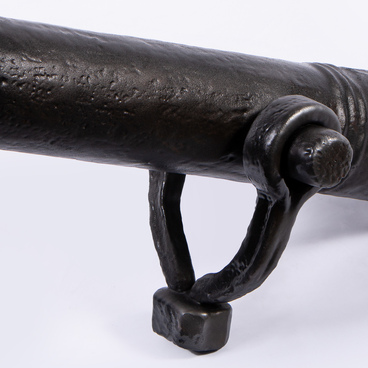Peter I, the last Tsar of All Russia and the first Emperor of All Russia, is immediately mentioned as one of the most famous rulers of Russia. Peter I created the conditions for the transformation of the Russian tsardom into the Russian Empire, which influenced Russia’s development in the 18th century and over the following centuries. Peter the Great’s reforms covered all spheres of public life, including culture and art. It was under Peter I that a new direction in fine art — secular painting — developed. Parsunas were replaced by secular paintings in the European style; portraits in all varieties became the leading genre throughout the 18th century.
The personality of Peter the Great was so outstanding that the image of the emperor was repeatedly embodied in painting. The iconography of Peter I’s portraits is extensive and varied; there are many versions of lifetime and posthumous images of the emperor. The artistic image of the statesman, captured by great portrait painters, became the basis and reference for numerous repetitions and variations.
The portrait of Peter the Great that is on display in the collection of the Nevyansk Museum, is a copy of the 19th-century painting “Peter the Great”. It was probably painted by Nikolay Dmitriyevich Dmitriyev-Orenburgsky. Dmitriyev-Orenburgsky was a Russian artist best known for his genre and battle scenes. He was also a graphic artist, academician, and professor of war painting at the Imperial Academy of Arts, participant in the “revolt of the fourteen, ” and one of the founders of the St. Petersburg artel of artists.
In the portrait, Peter I is depicted in full length wearing the uniform of the Preobrazhensky Regiment. The artist created an image of a strong-willed and active ruler. The emperor is at the zenith of his glory; pride and strong character are felt in his image. The artist managed to emphasize the decisive look and majestic posture of Peter the Great. The image of the emperor with an order and a sash indicates that their owner is endowed not only with the qualities of a warrior, but also with the talent of a military leader.
The details surrounding Peter are designed to emphasize his greatness and are the personification of the emperor’s reforms. There were numerous cases when Peter I personally participated in battles, so the artist depicted him not just with military attributes serving as background — the emperor’s figure dominates the environment being inextricably linked with it.


